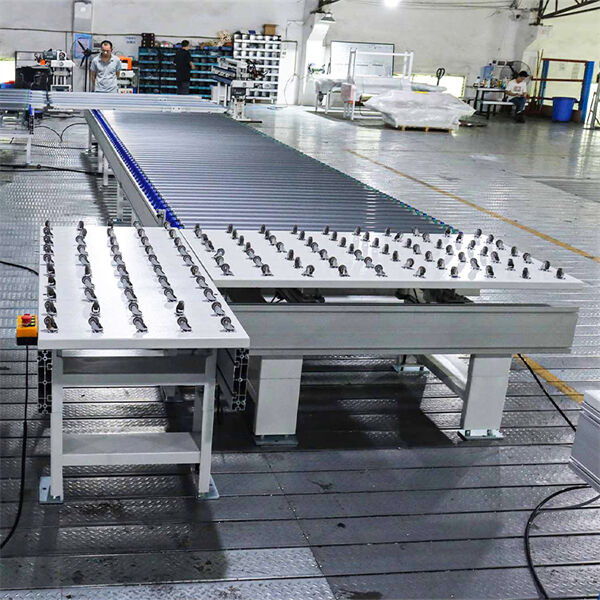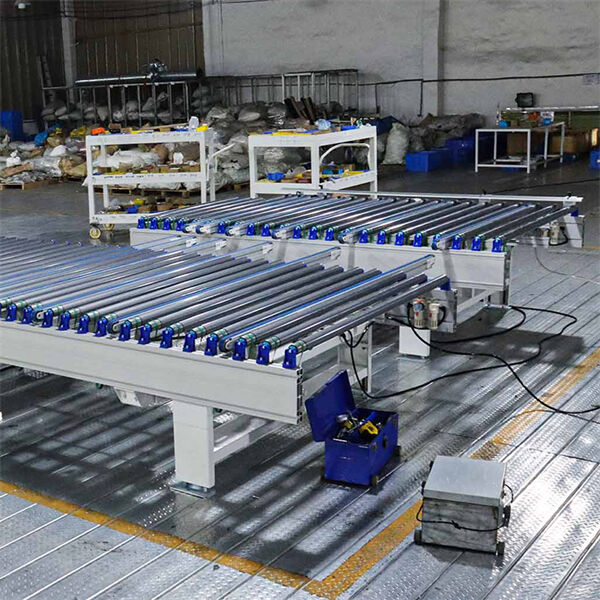We all use furniture in our everyday life. Think about it! We lounge in plush, easy chairs, dine at durable dining sets, and sleep soundly in our cushy beds. But have you ever considered how this furniture is made? It’s pretty interesting! They set up panel furniture production lines that helped to ensure a plentiful supply of furniture to meet our needs. The Benefits of a Good Assembly Line and How a Furniture Production Line Works
In a neatly-lined assembly line, workers have designated tasks which they concentrate on. As you might think, one person will take some pieces of wood and cut them into the right size, while another friend will glue the wood pieces to form a table. It is easier to get the furniture out on time when everyone has their own respective tasks so the production line can move faster and smoother.
There will often be multiple lines of furniture production lines (multiple lines running in parallel). This is really good because if one hightre has a problemo or needs a fix, the other lines can continue to produce furniture. Manufacturers are able to always deliver to their customers without delay, helping ensure everybody gets the furniture they want when they need it.
Efficiency is a fine word but all it means is doing things quickly and well. The production lines that are employed by manufacturers to manufacture furniture are planned with great care, to be efficient. They study each step of the furniture-making process and consider how those steps could be accelerated. If they see a step that takes too long, they might consider machine or better tools to speed some things up.

There are many advantages of machines. Machines are faster and more precise than humans and enable faster output and fewer errors. Second, unlike people, machines do not tire and need breaks, and can work continuously without interruption. That means furniture can be manufactured more efficiently and more reliably.

Climbing manufacturing processes are critical for furniture production lines. This involves re-examining the whole production process and seeking to improve it. They study every step to see if it can be done more quickly or easily.” They may search for methods to reduce the number of steps required to produce furniture or identify more efficient ways to transfer materials and finished goods down the line.

An example of manufacturers seeking to optimize their processes is “just-in-time” manufacturing. It works on the principle that furniture will only be produced when it is ordered as opposed to producing a lot of items and having them sitting in a warehouse. This process is an inherently more eco-friendly approach as manufacturers can be more efficient and only produce what is required, albeit on a larger scale.